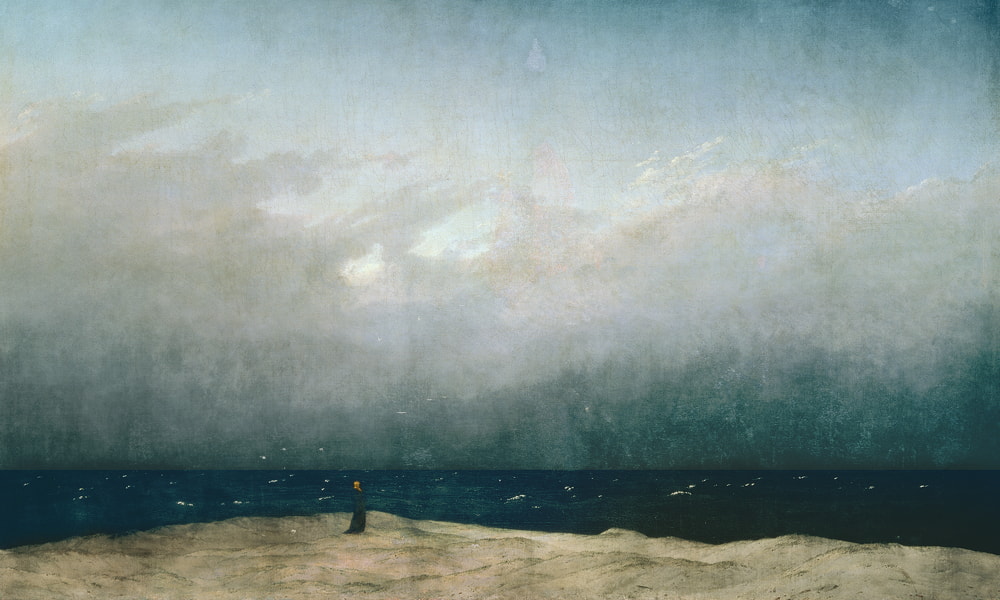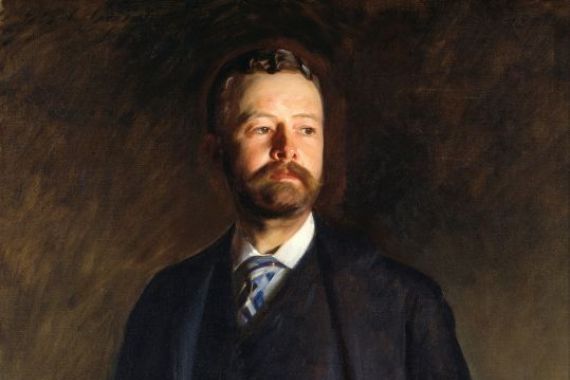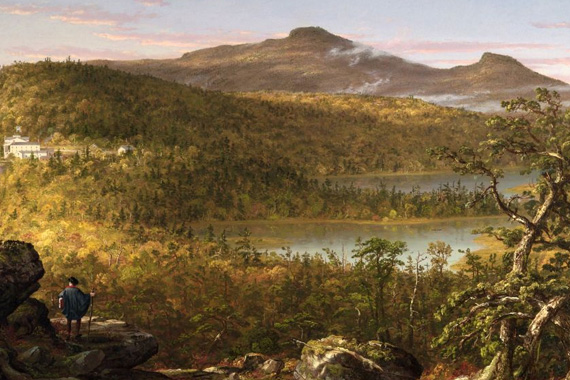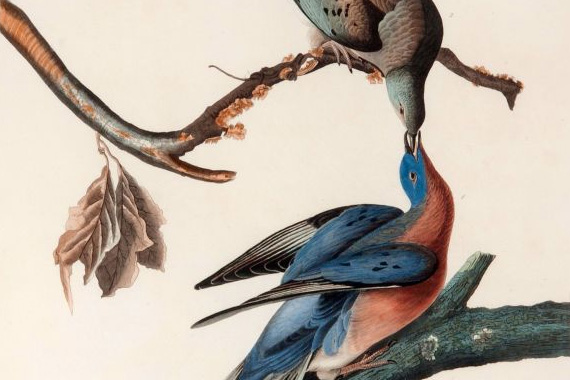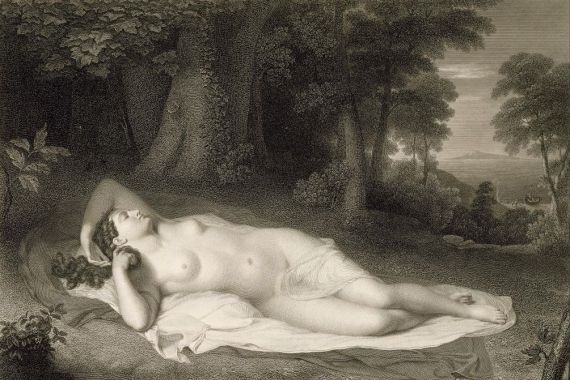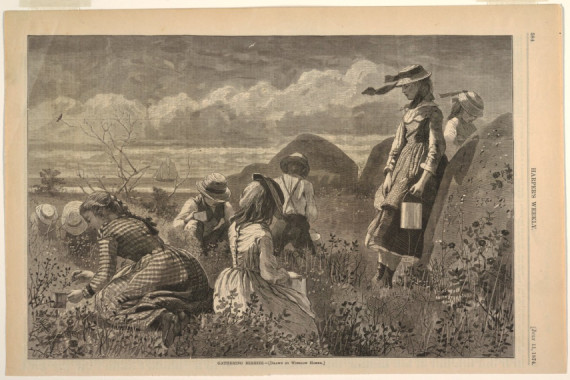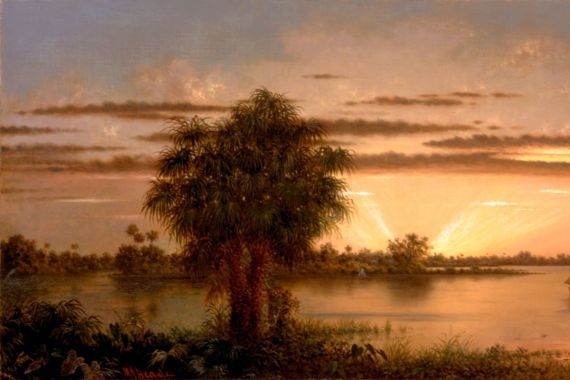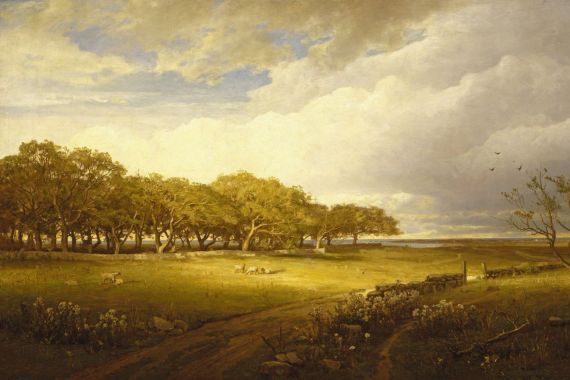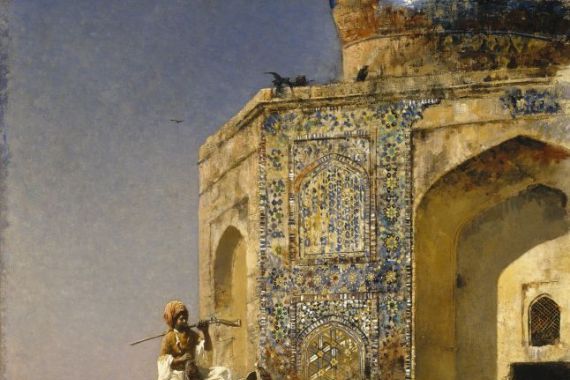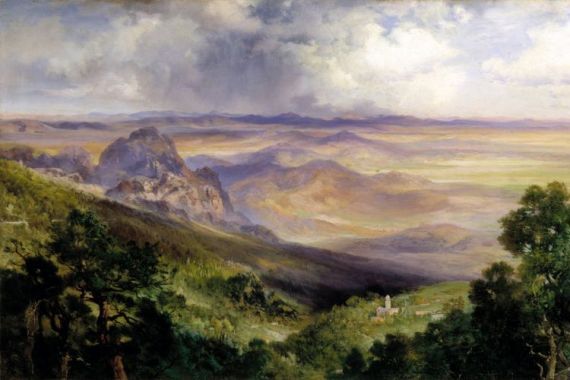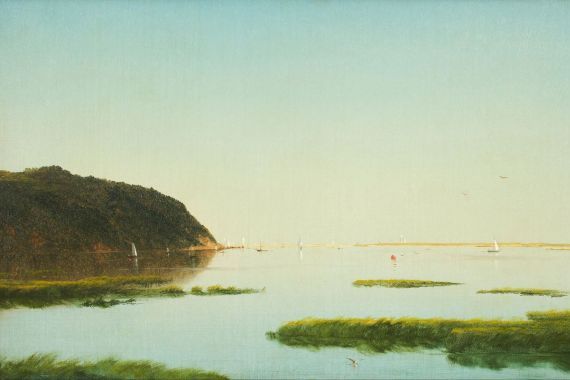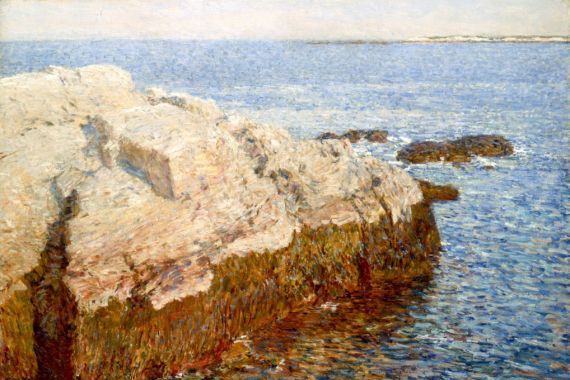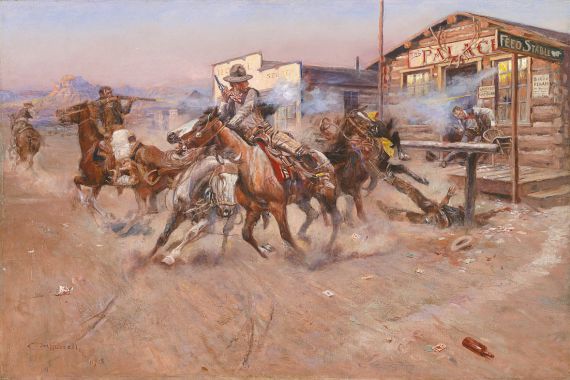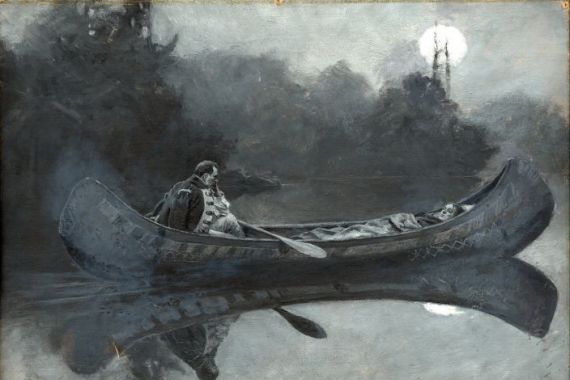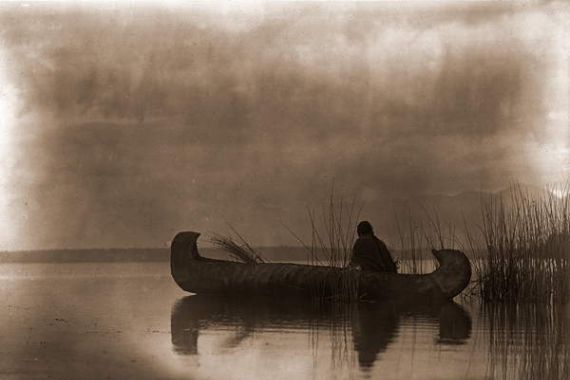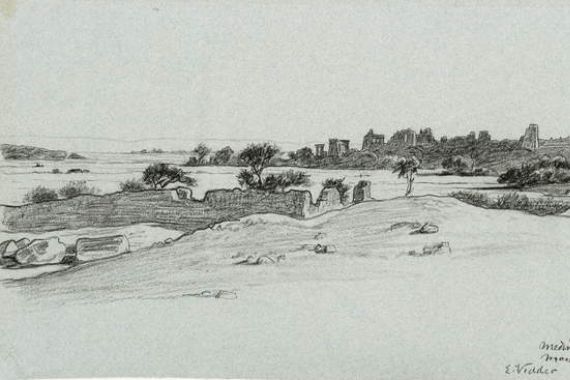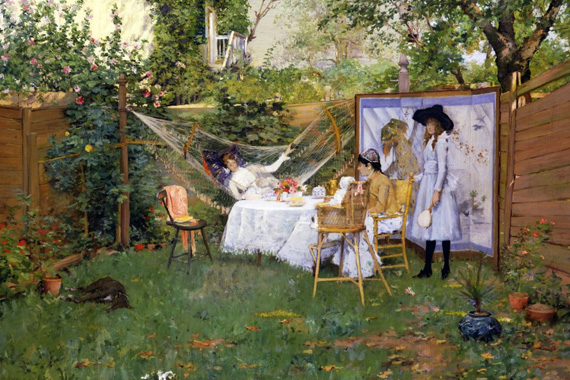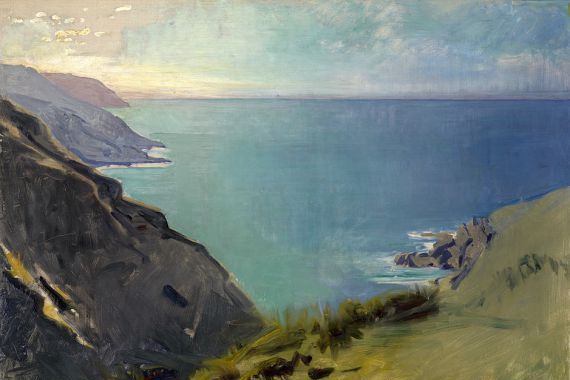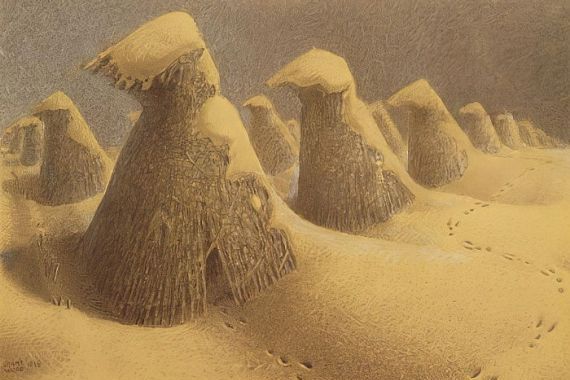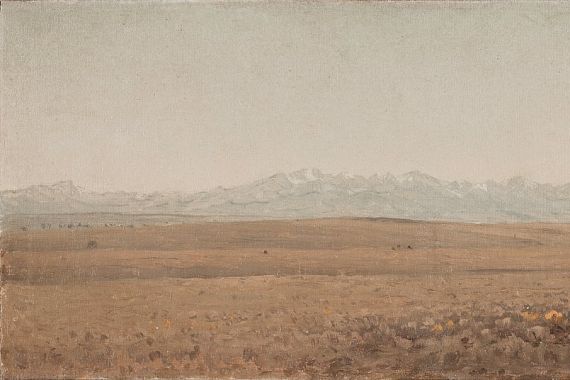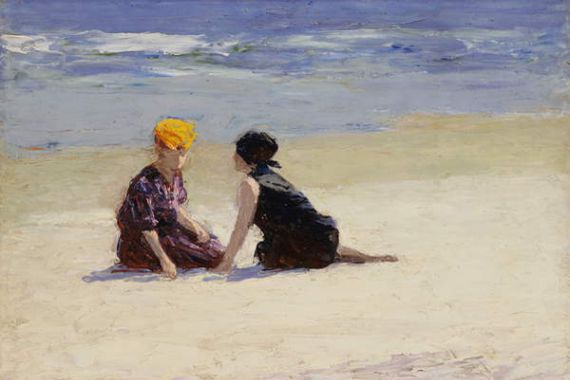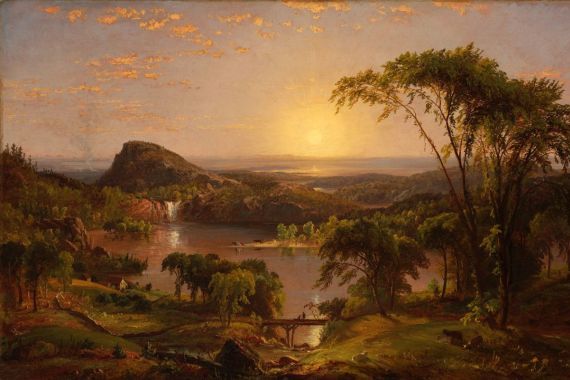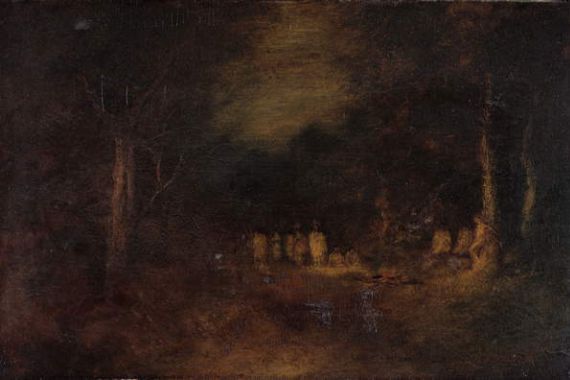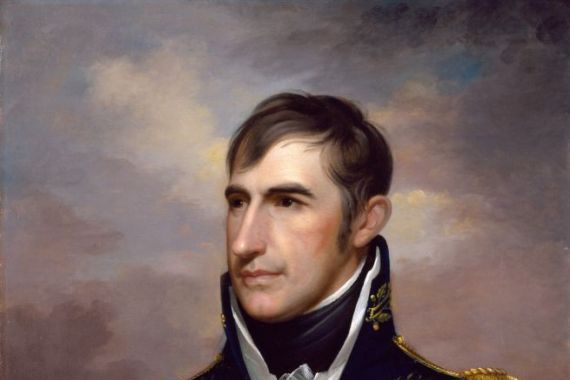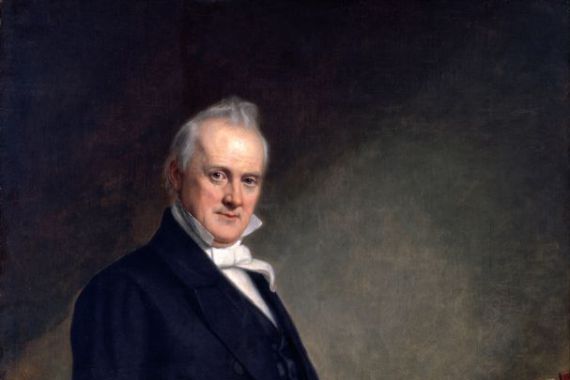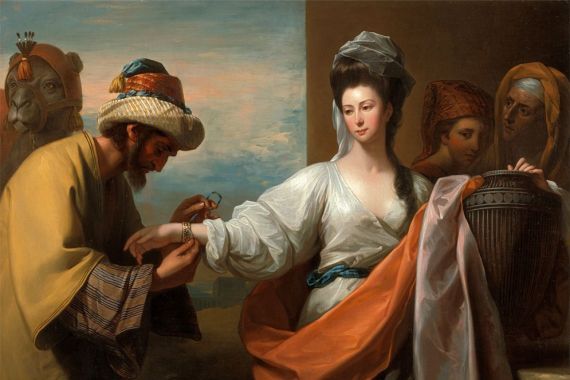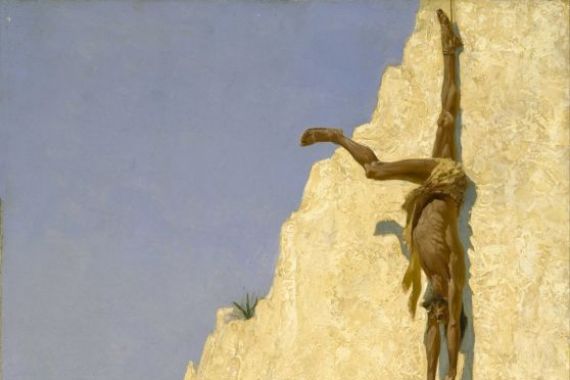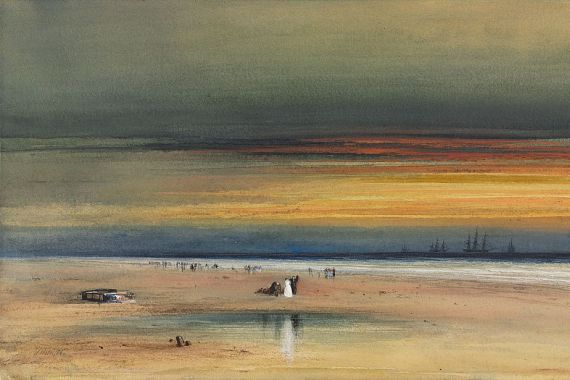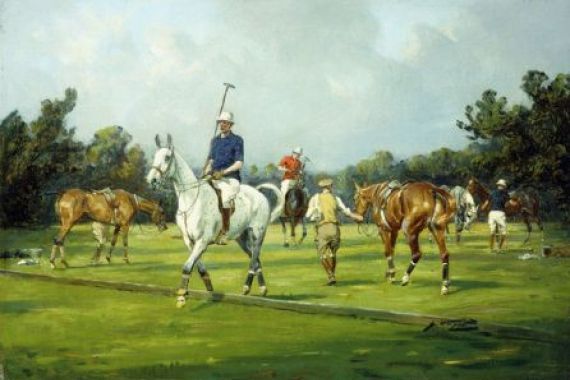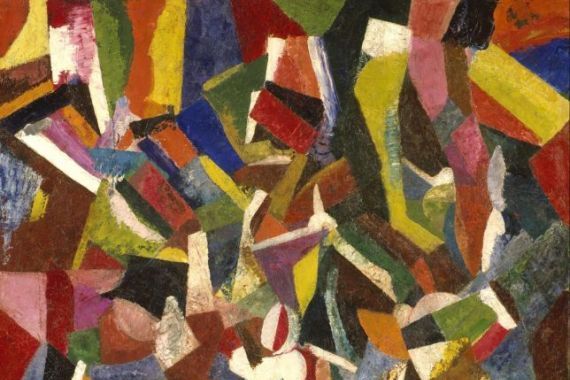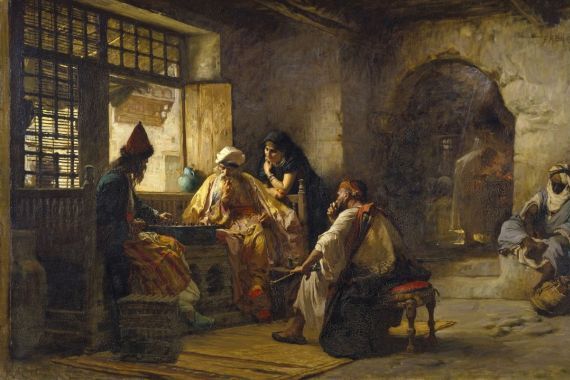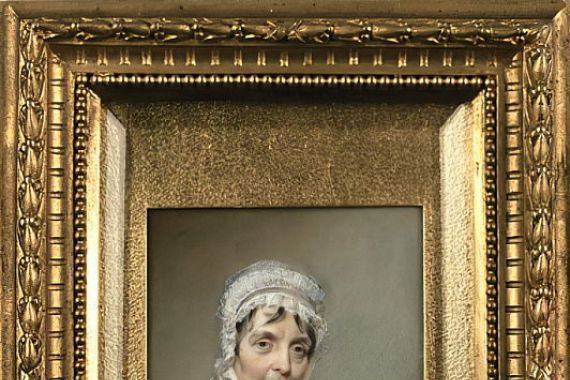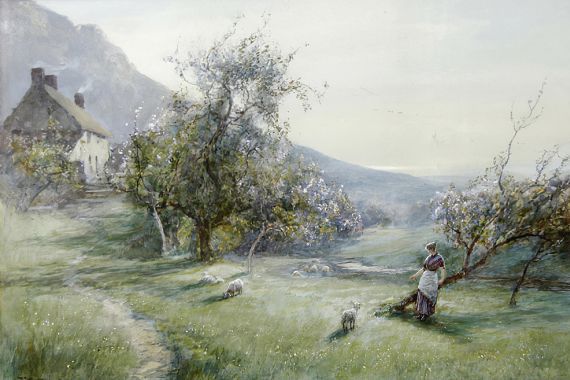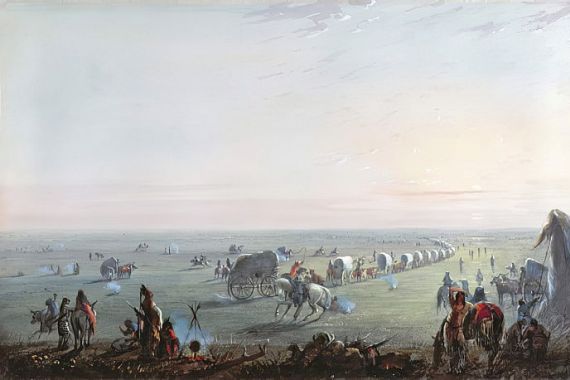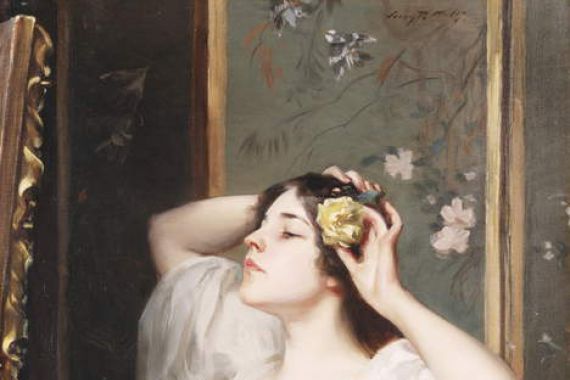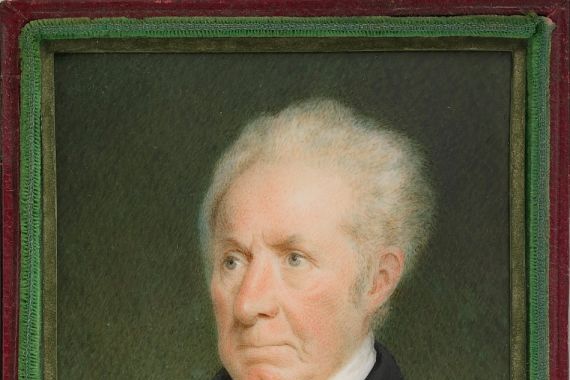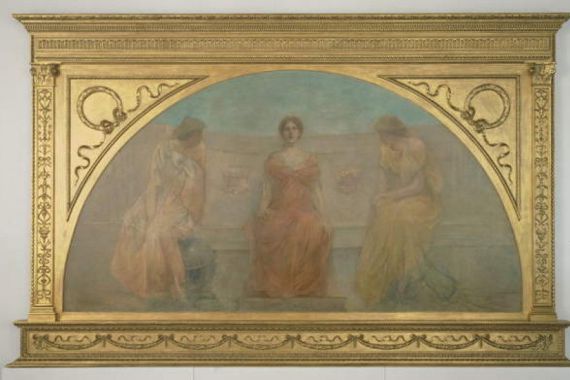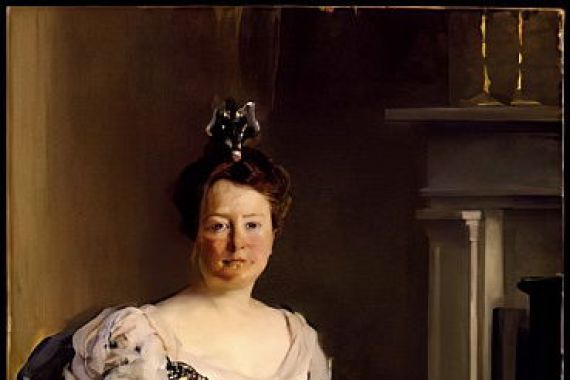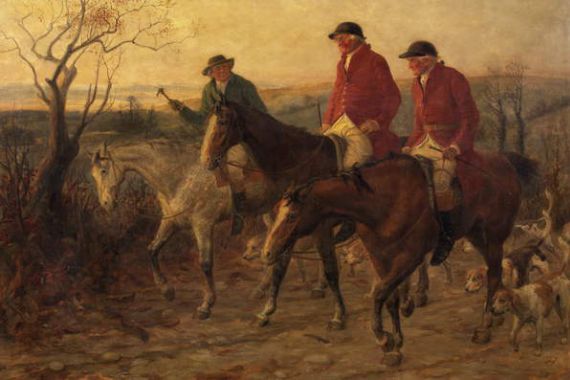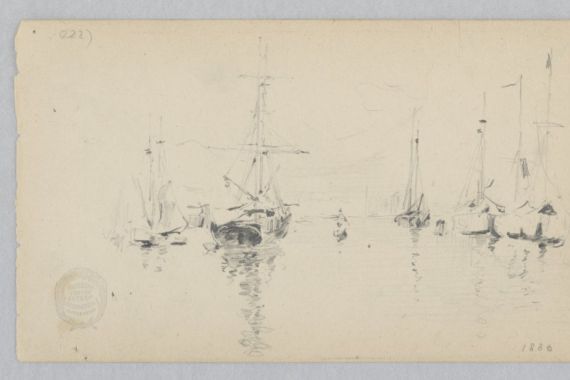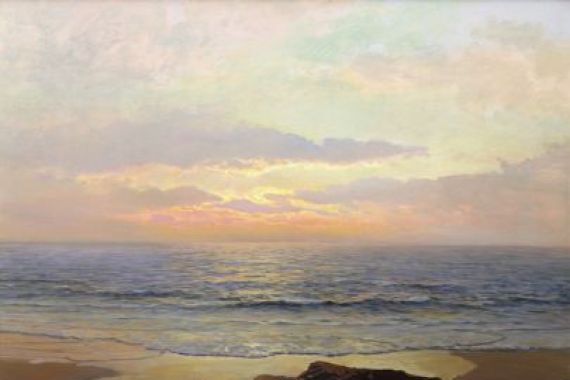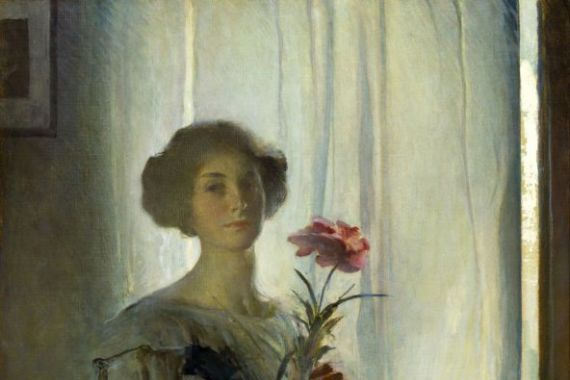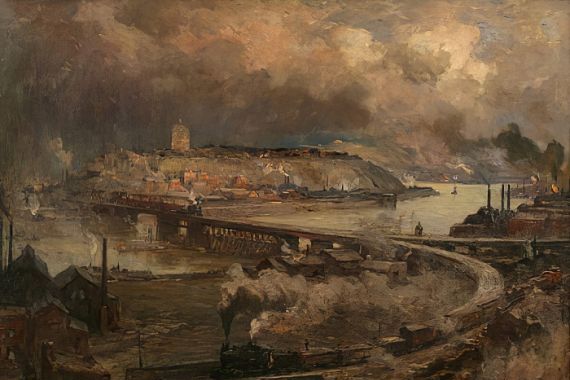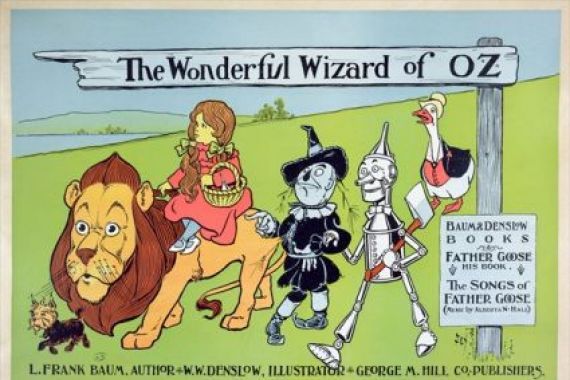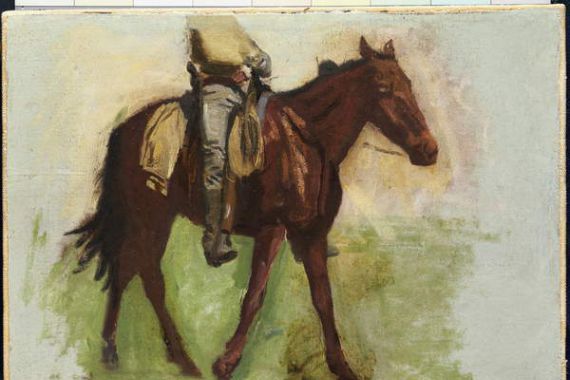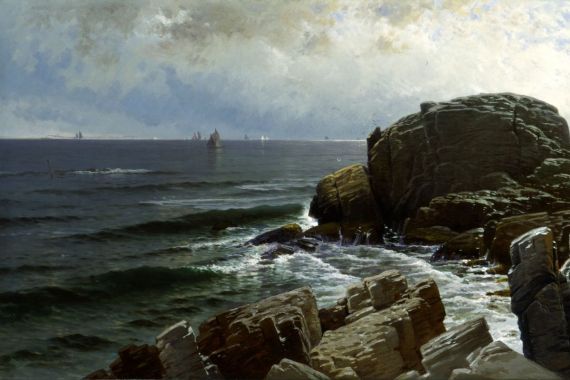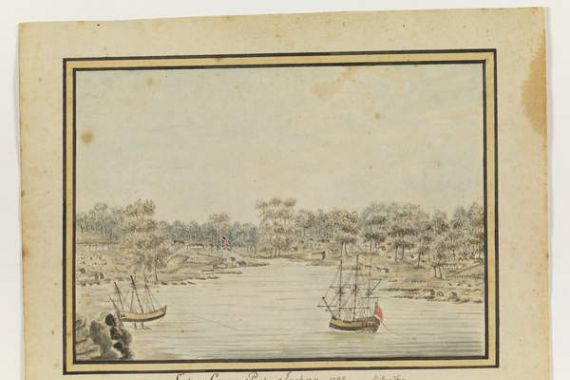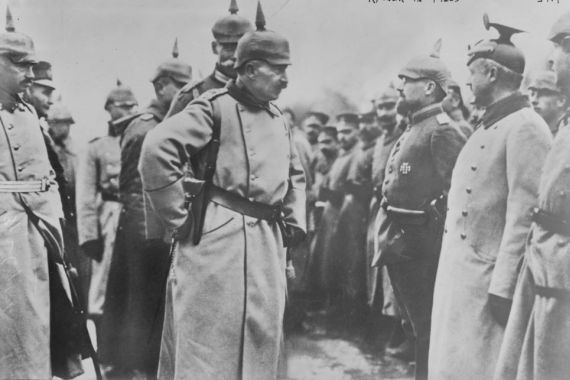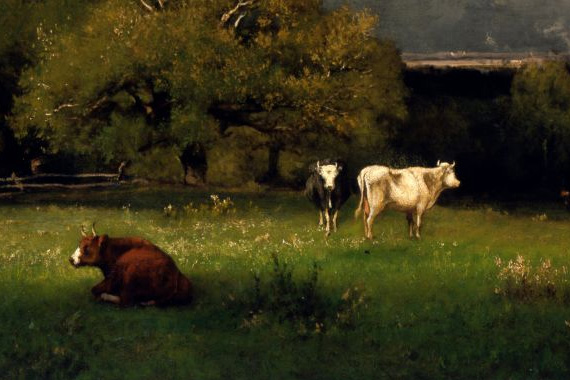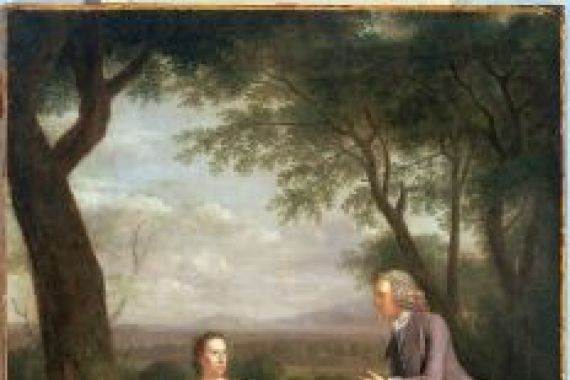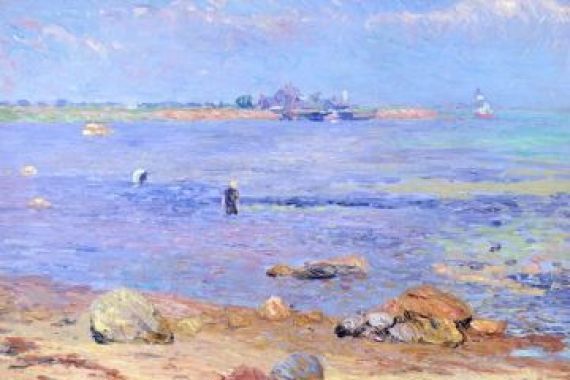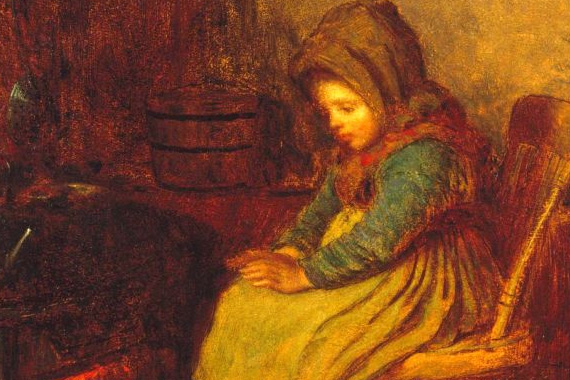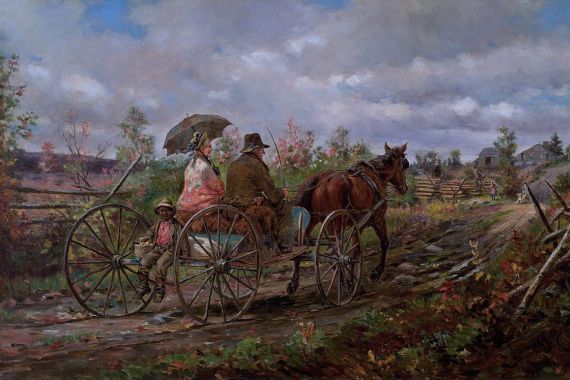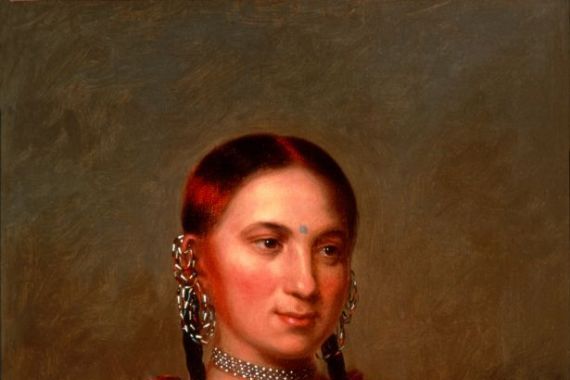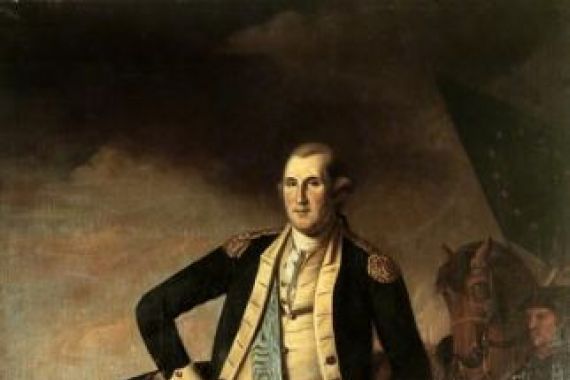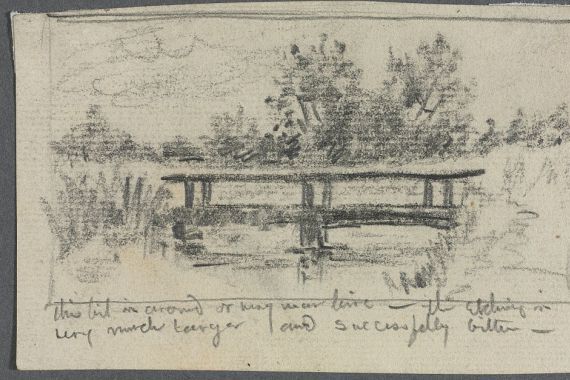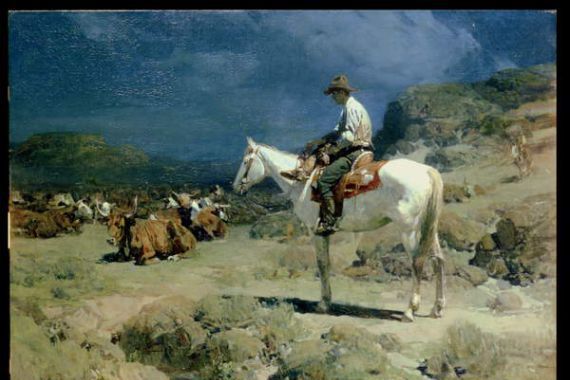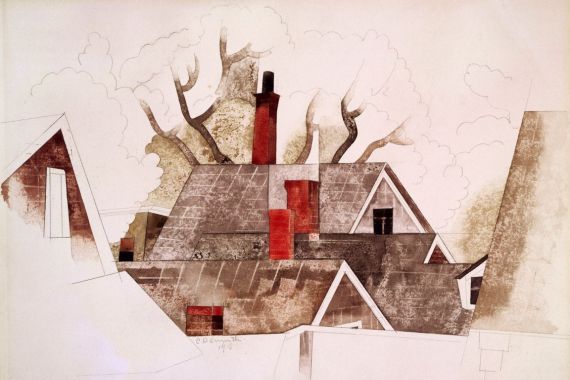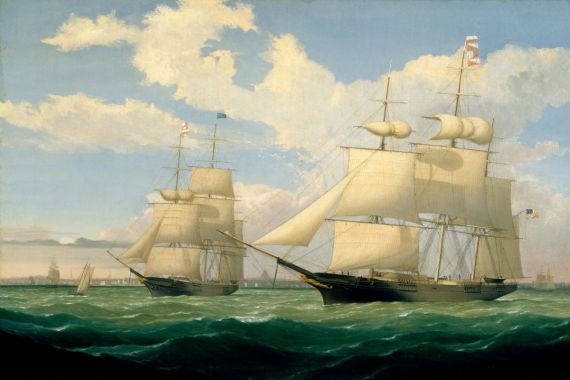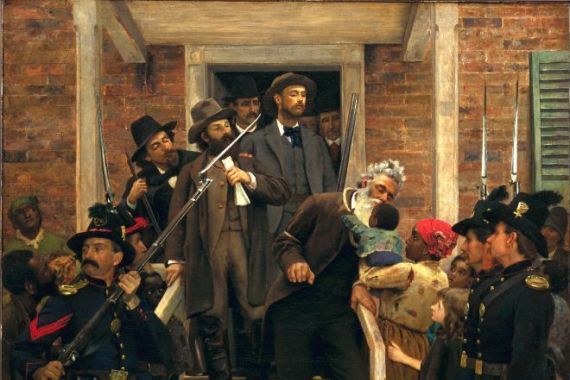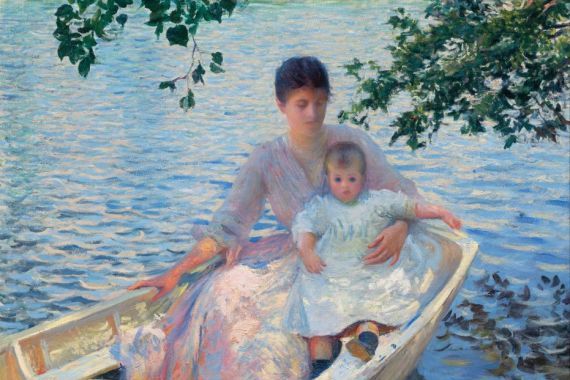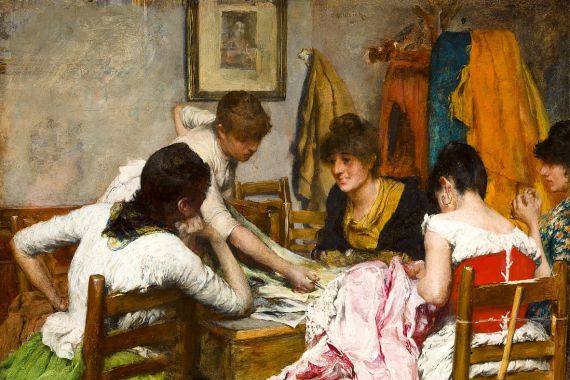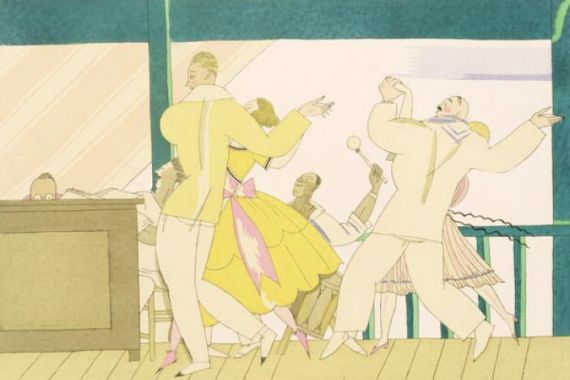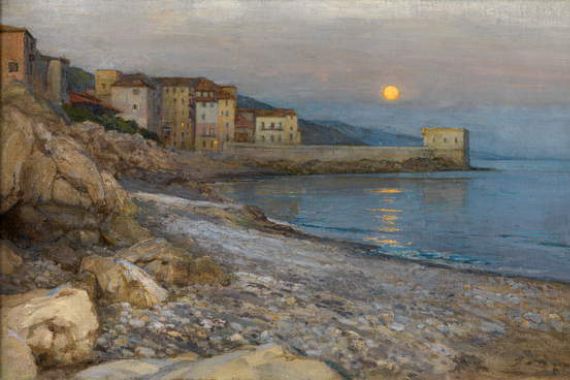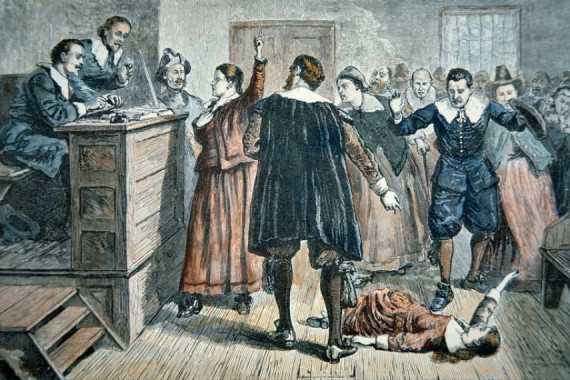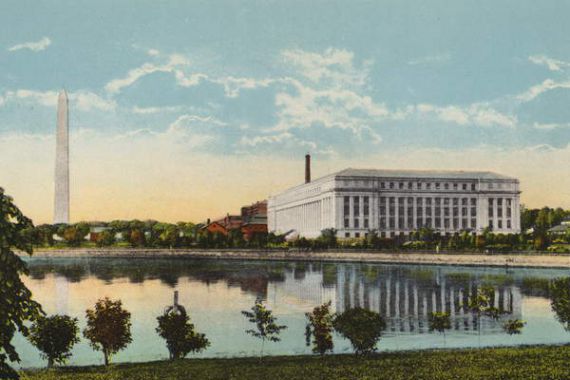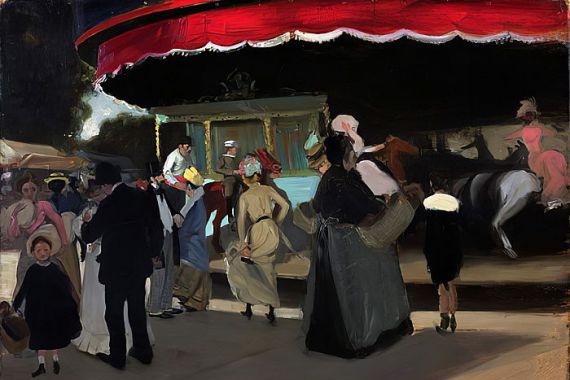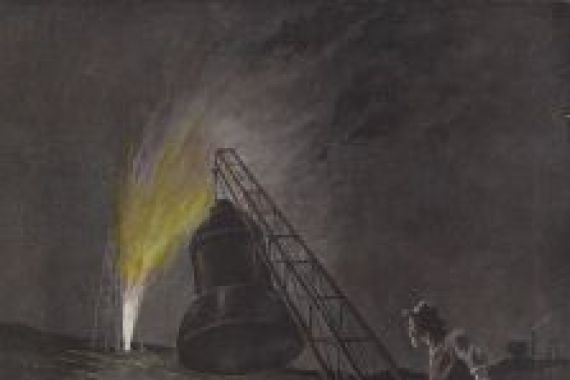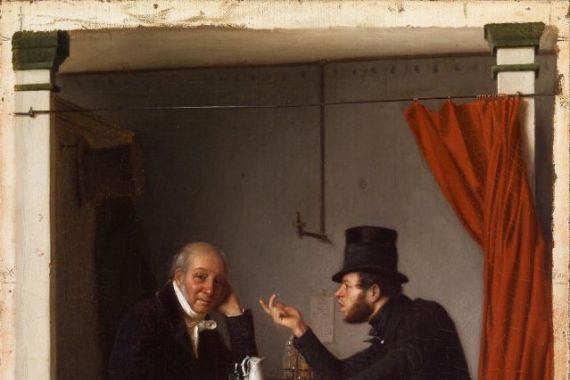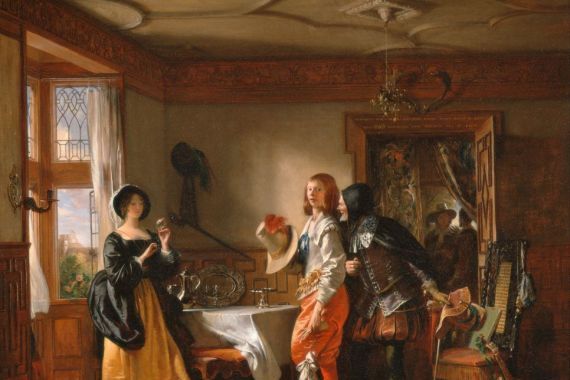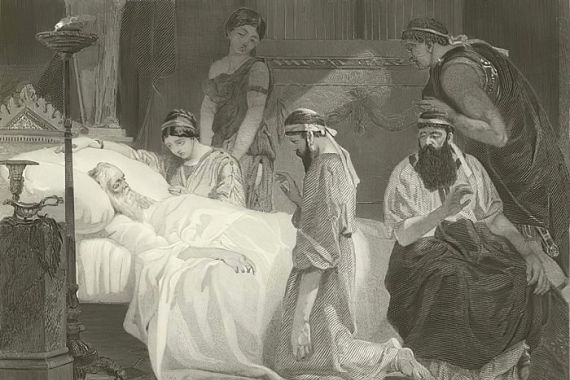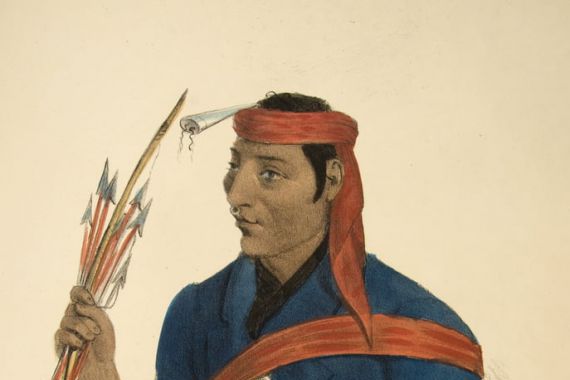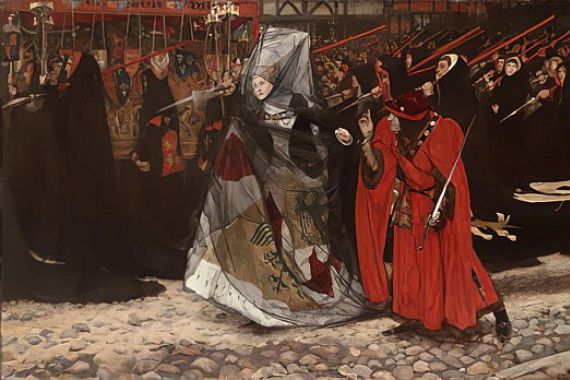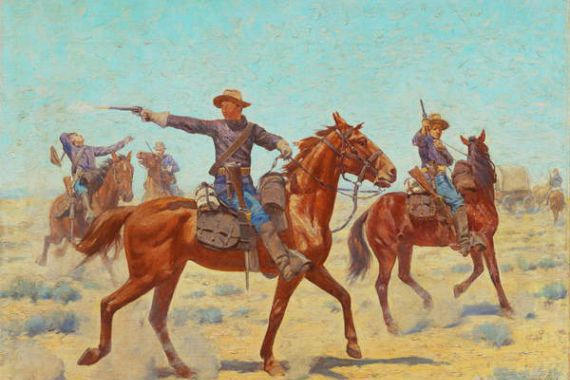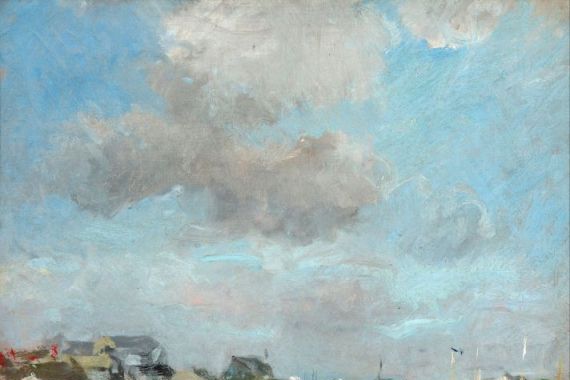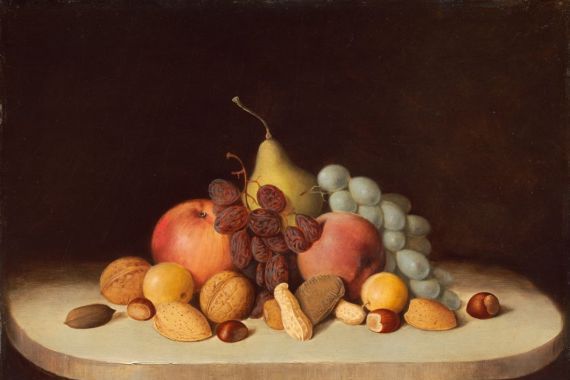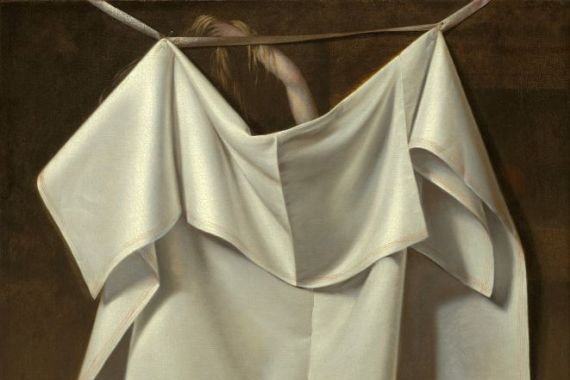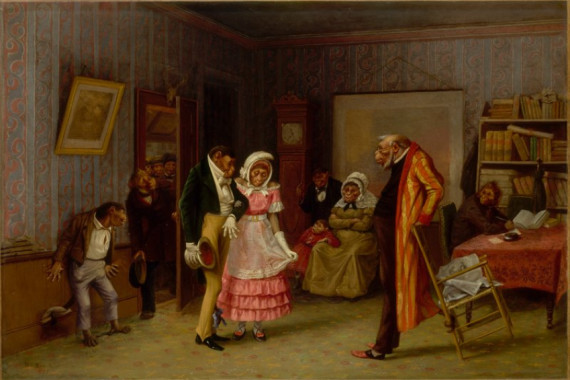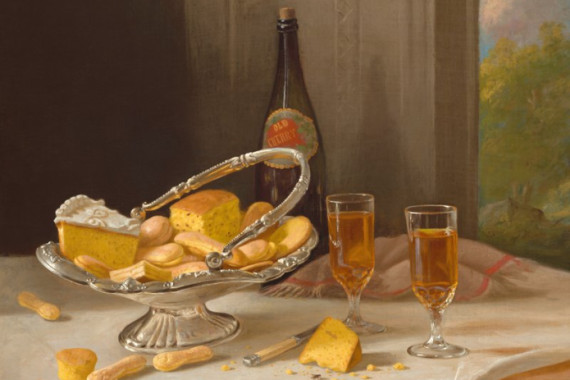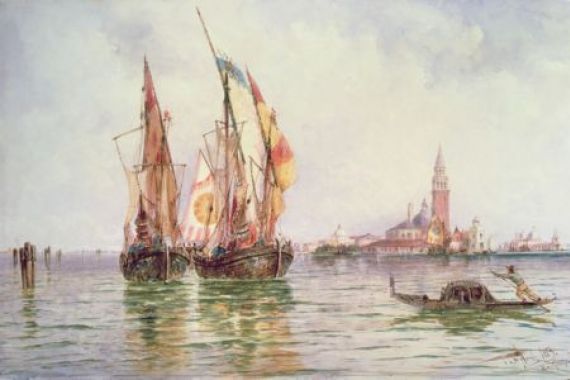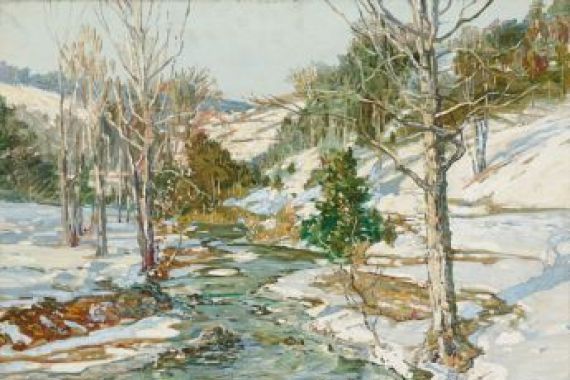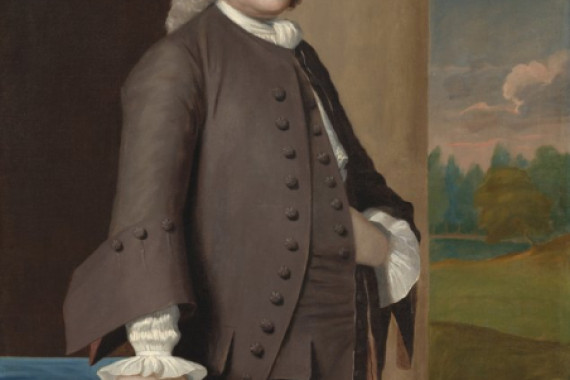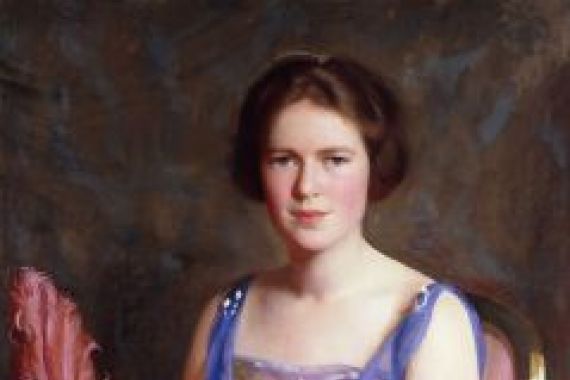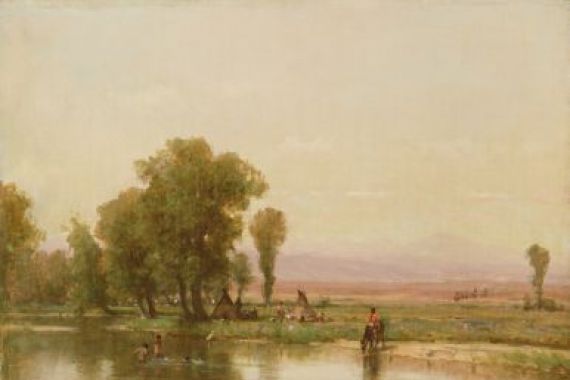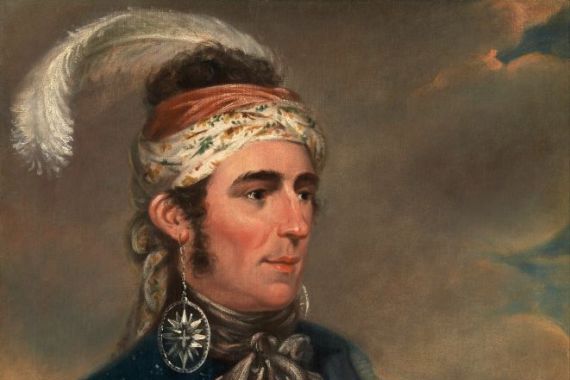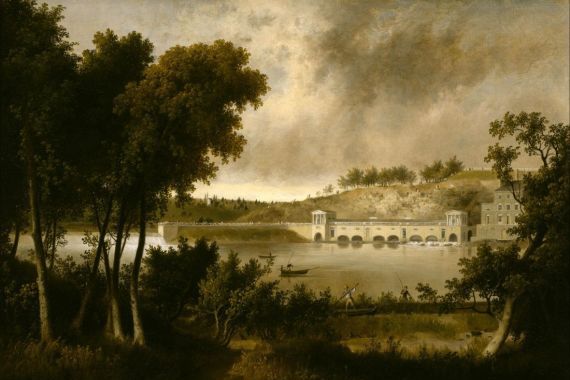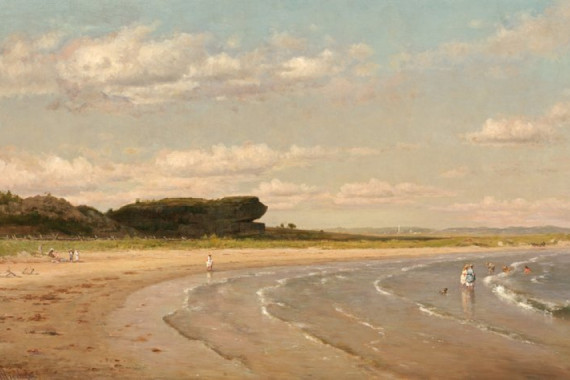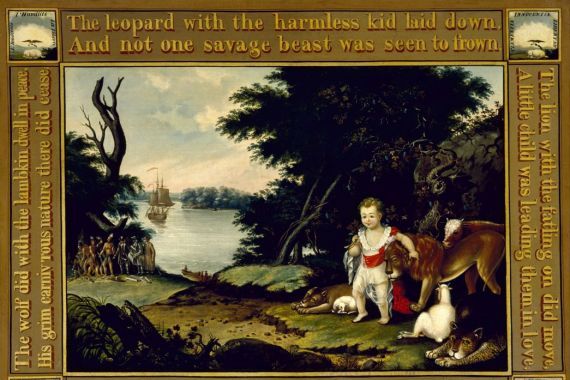The art of the United States is like an endless highway that winds its way through deserts, forests and metropolises - always on the move, always in search of new horizons. Those who embark on this journey feel the pulse of a country that is never satisfied with the status quo. From the vast prairies of the Midwest to the glittering facades of New York, from the fog-shrouded coasts of New England to the sun-soaked hills of California - everywhere, longing, new beginnings and contradiction are reflected in the pictures created by American artists. Here, the canvas becomes a mirror of a society that is constantly reinventing itself, and each work is a window into a world full of contrasts and possibilities.
In the middle of the 19th century, when the world was still dominated by European traditions, American painters such as Thomas Cole and Frederic Edwin Church took the bold step of capturing the untamed nature of their country in monumental oil paintings. The Hudson River School, as this movement was known, celebrated not only the majestic landscape, but also the promise of freedom and new beginnings. But while some romanticised the wilderness, others, such as Winslow Homer, captured the rugged life on the New England coast in watercolours whose light and atmosphere still fascinate today. Later, as the cities grew and the country industrialised, artists such as Edward Hopper immersed themselves in the loneliness and melancholy of everyday urban life. His paintings, often of cool clarity and quiet drama, tell of the longing for closeness in a world full of distance - a theme that still resonates today.
Hardly any other country has influenced photography as much as the United States. Dorothea Lange captured the face of the Great Depression with her camera, and her images of migrant workers and uprooted families have become icons of the 20th century. At the same time, artists such as Andy Warhol and Roy Lichtenstein revolutionised the art world with their screen prints and comic adaptations - suddenly everyday culture became high culture and the boundaries between advertising, consumption and art became blurred. Less well known, but no less fascinating, is the story of the Harlem Renaissance: in the 1920s, a creative energy exploded in Harlem, which African-American artists such as Aaron Douglas and Jacob Lawrence captured in bright gouaches and dynamic compositions. Their works tell of hope, pride and the struggle for recognition - themes that still resonate in American art today.
The art history of the United States is a kaleidoscope of colours, forms and stories. It thrives on constant movement, the courage to experiment and the desire for contradiction. Those who embark on this journey will discover not only famous names, but also surprising perspectives and hidden treasures - and perhaps, somewhere between the lines and brushstrokes, a piece of the American dream.
The art of the United States is like an endless highway that winds its way through deserts, forests and metropolises - always on the move, always in search of new horizons. Those who embark on this journey feel the pulse of a country that is never satisfied with the status quo. From the vast prairies of the Midwest to the glittering facades of New York, from the fog-shrouded coasts of New England to the sun-soaked hills of California - everywhere, longing, new beginnings and contradiction are reflected in the pictures created by American artists. Here, the canvas becomes a mirror of a society that is constantly reinventing itself, and each work is a window into a world full of contrasts and possibilities.
In the middle of the 19th century, when the world was still dominated by European traditions, American painters such as Thomas Cole and Frederic Edwin Church took the bold step of capturing the untamed nature of their country in monumental oil paintings. The Hudson River School, as this movement was known, celebrated not only the majestic landscape, but also the promise of freedom and new beginnings. But while some romanticised the wilderness, others, such as Winslow Homer, captured the rugged life on the New England coast in watercolours whose light and atmosphere still fascinate today. Later, as the cities grew and the country industrialised, artists such as Edward Hopper immersed themselves in the loneliness and melancholy of everyday urban life. His paintings, often of cool clarity and quiet drama, tell of the longing for closeness in a world full of distance - a theme that still resonates today.
Hardly any other country has influenced photography as much as the United States. Dorothea Lange captured the face of the Great Depression with her camera, and her images of migrant workers and uprooted families have become icons of the 20th century. At the same time, artists such as Andy Warhol and Roy Lichtenstein revolutionised the art world with their screen prints and comic adaptations - suddenly everyday culture became high culture and the boundaries between advertising, consumption and art became blurred. Less well known, but no less fascinating, is the story of the Harlem Renaissance: in the 1920s, a creative energy exploded in Harlem, which African-American artists such as Aaron Douglas and Jacob Lawrence captured in bright gouaches and dynamic compositions. Their works tell of hope, pride and the struggle for recognition - themes that still resonate in American art today.
The art history of the United States is a kaleidoscope of colours, forms and stories. It thrives on constant movement, the courage to experiment and the desire for contradiction. Those who embark on this journey will discover not only famous names, but also surprising perspectives and hidden treasures - and perhaps, somewhere between the lines and brushstrokes, a piece of the American dream.
×




